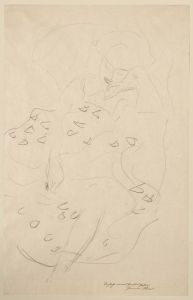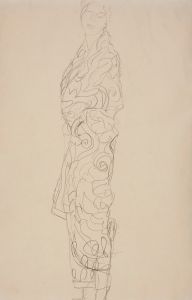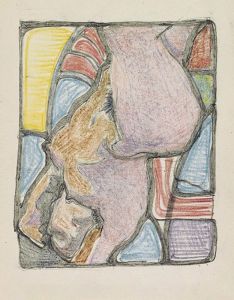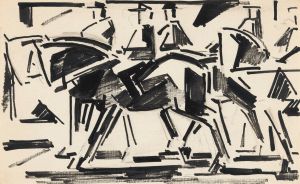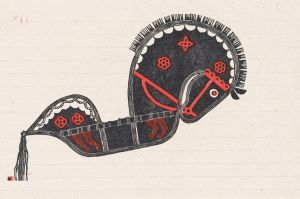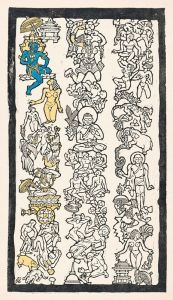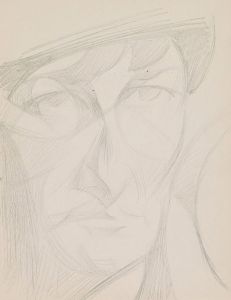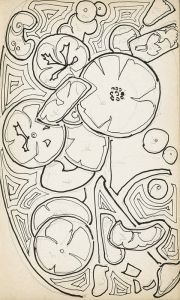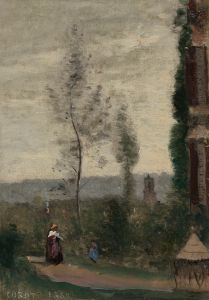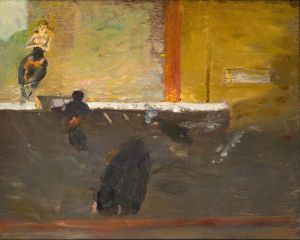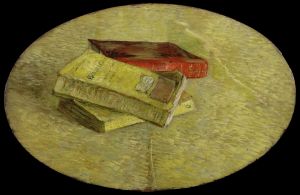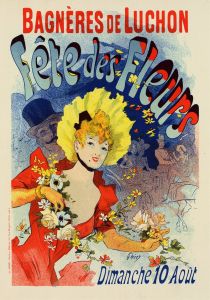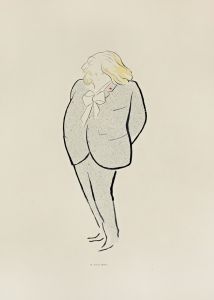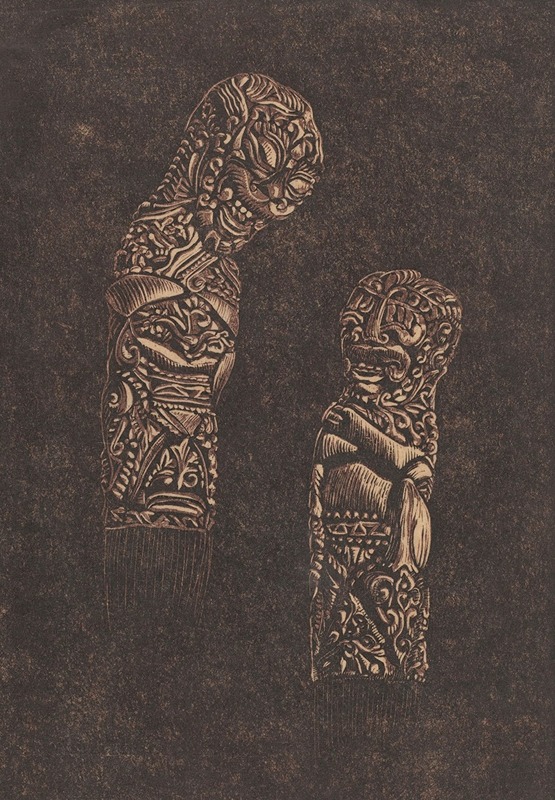
Twee heften van krissen
A hand-painted replica of Reijer Stolk’s masterpiece Twee heften van krissen, meticulously crafted by professional artists to capture the true essence of the original. Each piece is created with museum-quality canvas and rare mineral pigments, carefully painted by experienced artists with delicate brushstrokes and rich, layered colors to perfectly recreate the texture of the original artwork. Unlike machine-printed reproductions, this hand-painted version brings the painting to life, infused with the artist’s emotions and skill in every stroke. Whether for personal collection or home decoration, it instantly elevates the artistic atmosphere of any space.
Reijer Stolk (1896–1945) was a Dutch artist known for his work in graphic design, painting, and printmaking. One of his notable works, Twee heften van krissen (translated as "Two Kris Handles"), reflects his interest in Indonesian art and culture. The kris, a traditional asymmetrical dagger from Indonesia, is both a weapon and a spiritual object, often intricately designed and highly valued for its craftsmanship and cultural significance.
Stolk's depiction of the kris handles in this artwork demonstrates his appreciation for the aesthetics of Indonesian artifacts. The composition focuses on the ornate and detailed carvings of the handles, which are often made from materials such as wood, ivory, or horn. These handles frequently feature intricate designs, including mythological figures or abstract patterns, reflecting the rich artistic traditions of Indonesia. Stolk's work captures these elements with precision and a sense of reverence for the cultural heritage they represent.
During the early 20th century, Indonesia was a Dutch colony, and Indonesian art and artifacts were increasingly studied and collected in the Netherlands. Stolk, like many artists of his time, was influenced by the exposure to non-Western art forms, which were often displayed in museums and exhibitions. His interest in Indonesian motifs aligns with a broader trend in European art during this period, where artists sought inspiration from diverse cultural traditions.
Stolk's artistic style often combined modernist influences with a focus on traditional craftsmanship and design. In Twee heften van krissen, his attention to detail and the stylized representation of the kris handles suggest a blend of modern artistic sensibilities with a deep respect for the cultural origins of his subject matter. This work is an example of how Stolk engaged with cross-cultural themes in his art, reflecting the complex historical relationship between the Netherlands and Indonesia.
Reijer Stolk's career was tragically cut short when he died in 1945, but his works remain a testament to his skill and his ability to bridge different artistic traditions. Twee heften van krissen is a significant piece that highlights his interest in exploring and interpreting the artistic heritage of Indonesia through his unique perspective as a Dutch artist.





